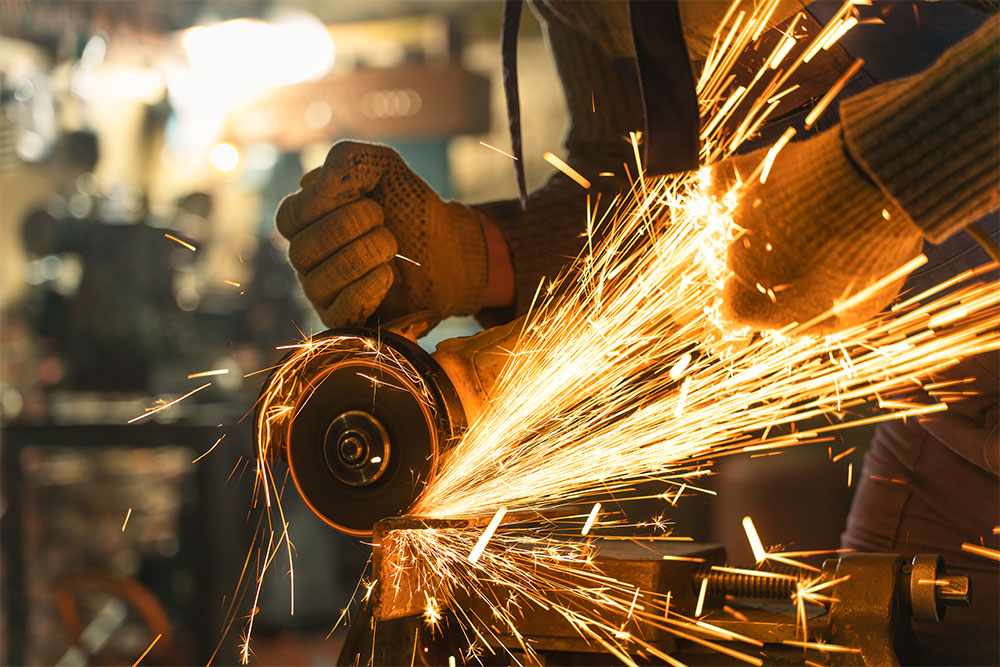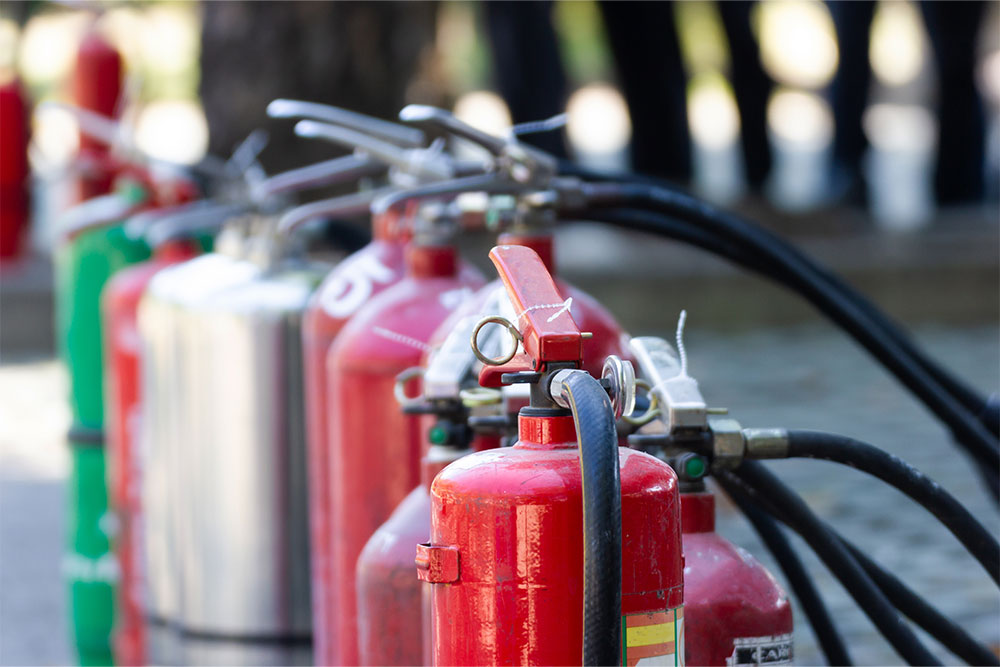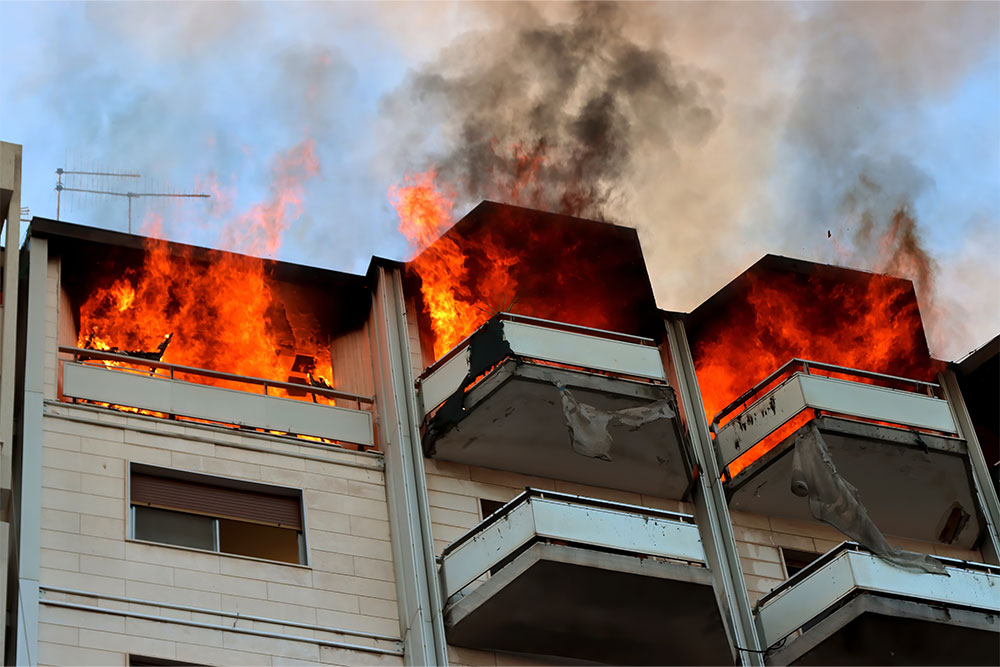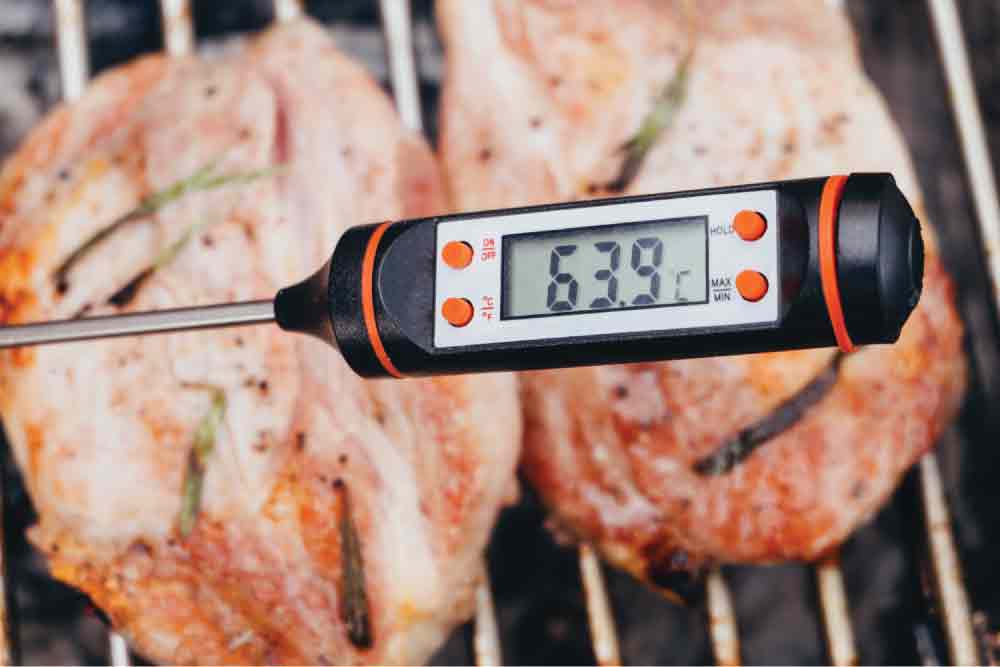
Hot work fires are a consistent risk. Any activity that involves or generates heat, sparks or flames must be carefully managed. Our guide explains how.
It outlines how most hot work fires start and what you must do to protect yourself and your workplace when performing hot work.
What is Hot Work?
A hot work procedure is any activity that generates flames, sparks or heat. Common examples include:
- Welding
- Cutting
- Grinding
- Torch-applied roofing
Hot work also covers activities that involve the application of heat, such as:
- Flame cutting
- Brazing
- Soldering
These activities all pose significant fire risks. To prevent fires, all hot work activities must be risk assessed and typically carried out under a permit to work system.

Hot Work Risk Assessment
Under the Management of Health and Safety at Work Regulations 1999, employers must carry out risk assessments to identify what can cause harm in their workplace and determine how it can be prevented.
Because hot work is a hazardous activity, a risk assessment must be carried out before work can begin.
There’s an established structure for all risk assessments, including those specifically for hot work:
- Identify hazards – look for potential sources of ignition, fuel and oxygen.
- Evaluate risks – determine the likelihood of hot work fires and the severity of the harm they might cause.
- Implement controls – establish measures to eliminate or reduce risks.
- Record findings – document the hazards, risks and control measures.
- Review and update – review the risk assessment and update it as necessary.
Hot work risk assessments can only be conducted by competent people. You must have the necessary skills, knowledge, training and experience to accurately evaluate the hazards and recommend effective control measures.
Health and Safety Courses
Our health and safety courses support legal compliance and effective risk management. They raise awareness of common workplace hazards and teach the fundamentals of safe working.
Hot Work Permit
After conducting a risk assessment for the planned hot work activity, you should prepare a hot work permit.
A hot work permit (or permit to work) is a formal document outlining how high-risk activities can be made safe.
It should effectively describe how to carry out the task safely and must include:
- Work details – including the task, location and equipment used.
- Hazards – potential fire risks and sources of ignition.
- Safety measures – precautions to be taken.
- Authorisation – who is competent and authorised to carry out the work.
- Timeframe – when work should be completed and when the permit expires.
Risk assessments and hot work permits are similar. They must both be completed by competent people and are generally most successful when workers are involved. However, they’re not interchangeable, and you can’t substitute one for the other.
Always carry out a risk assessment, then use the findings to develop a safe permit to work system.
Reducing Hot Work Fire Risks
How you manage risks depends on the specific hot work activity being carried out. With that said, some control measures are almost always relevant. We’ve explained these risk-reduction strategies below.
Use a Different Method
Before starting hot work, consider if it’s absolutely necessary. For example, if you’re repairing something, could you replace it instead?
If work must go ahead, can you do it without heat? For example, you could use cold-cutting tools like hand or pneumatic shears and adhesives or bolting instead of welding.
Control Fire Risks
If hot work is necessary:
- Clear the area – remove all flammable materials such as oils, paints, adhesives and petrol. Clean up any spillages.
- Isolate – use barriers or screens to separate the hot work area. Cover or protect any flammable surfaces that can’t be removed with fireproof containers or fire-retardant blankets.
- Ventilate – ensure good ventilation to disperse flammable vapours. Use portable extraction or forced air ventilation equipment if needed.
Maintain Work Equipment
Under the Provision and Use of Work Equipment Regulations (PUWER), all work equipment must be safe for use, properly maintained and suitable for the task.
Regularly check and maintain your equipment to prevent malfunctions that could cause sparks or heat. Ensure all tools are in good condition before use, and repair or replace faulty equipment to maintain high safety standards.
Use PPE
While personal protective equipment is essential for workers, it’s considered the least preferred safety measure because it only protects individuals. It does nothing to reduce the risk of hot work fires starting. However, it still helps protect workers and prevent harm should a fire break out.
Ensure workers wear appropriate personal protective equipment, such as fire-resistant clothing, gloves and face shields, to safeguard against burns and injuries during hot work activities.

Establish Emergency Measures
You must arrange for:
- Fire watch – assign a fire watch during and after the work. (Hot work fires often break out after activities are finished.)
- Fire-fighting equipment – keep fire extinguishers accessible and ensure they are the correct type for potential fires.
- Emergency procedures – train employees on what to do in case of a fire and conduct regular drills. Familiarise yourself with how to raise the alarm and locate escape routes before starting work.
Provide Training
All workers and supervisors involved must be competent. Training helps workers understand the hazards, necessary precautions and the correct use of equipment and PPE.
Hot Work Fires – Key Takeaways
- A risk assessment is legally required to identify and control hot work hazards.
- A permit to work system is necessary for hot work procedures. It should describe how to carry out the work safely and who is authorised to do it.
- Consider alternative methods to avoid hot work when possible.
- Clear the area of flammable materials, isolate the work area and ensure proper ventilation.
- Regularly maintain work equipment and use appropriate PPE.
- Establish emergency measures, including fire watches and accessible firefighting equipment.
- Provide training to ensure all personnel are aware of the risks and understand safety measures.
Hot Works Training
Ensuring the safety of your team during hot work activities is critical. Training is essential for this. It builds competency, enabling workers to perform their tasks safely and effectively.
Our online Hot Works Training course covers the most common risks and hazards of hot work and how they can be controlled. It equips your team with the necessary awareness to prevent hot work fires and maintain a safe working environment.





















